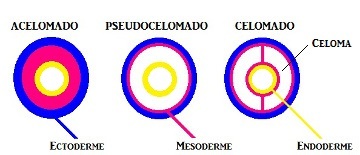Tracheal breathing is the type of breathing in which gas exchange takes place through the tracheas.
This type of breathing occurs in insects, some ticks, spiders and centipedes.
The tracheas are thin, spiraled, hollow tubes with chitinous reinforcements. They open directly onto the surface of the body, along the chest and abdomen, into pores called the spiracles.
The tracheas form a highly branched system, allowing oxygenation to all parts of the animal's body.
This type of breathing has nothing to do with the circulatory system. The tracheas ensure gas exchange directly with the cell.
How does tracheal breathing occur?
Atmospheric air enters the animal's body through the spiracles and reaches the windpipes. The air is conducted along the tracheas to its branches, the tracheolae, where it reaches the cells.
Thus, the gas oxygen it is transported to the cell and carbon dioxide is removed through simple diffusion.
Insects can control their breathing by opening and closing the spiracles with muscle contractions. This condition is important for survival in dry environments, as it prevents water loss.
Learn more about insects.
phylotracheal breathing
Many spiders have phylotracheas or foliaceous lungs, formed by sheets of tissue where the hemolymph circulates. In this case, we have phylotracheal breathing.
The phylotracheas are located inside the abdomen and communicate with the outside through a respiratory pore.
Atmospheric air enters through the respiratory pore and circulates between the layers of the phylotracheas, oxygenating the hemolymph and removing carbon dioxide.
Learn more, read also:
Lung Breathing
skin breathing
branchial breathing


